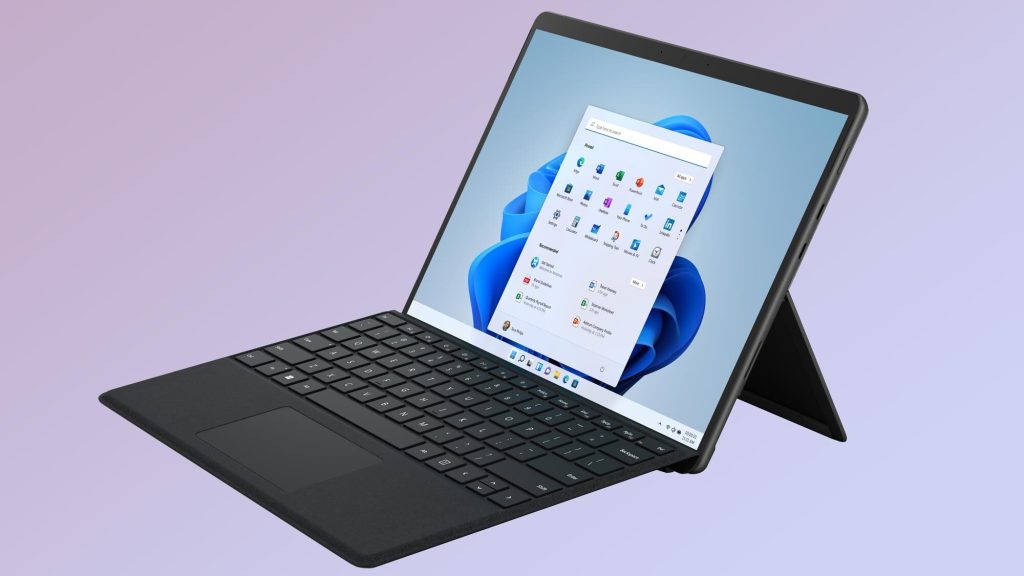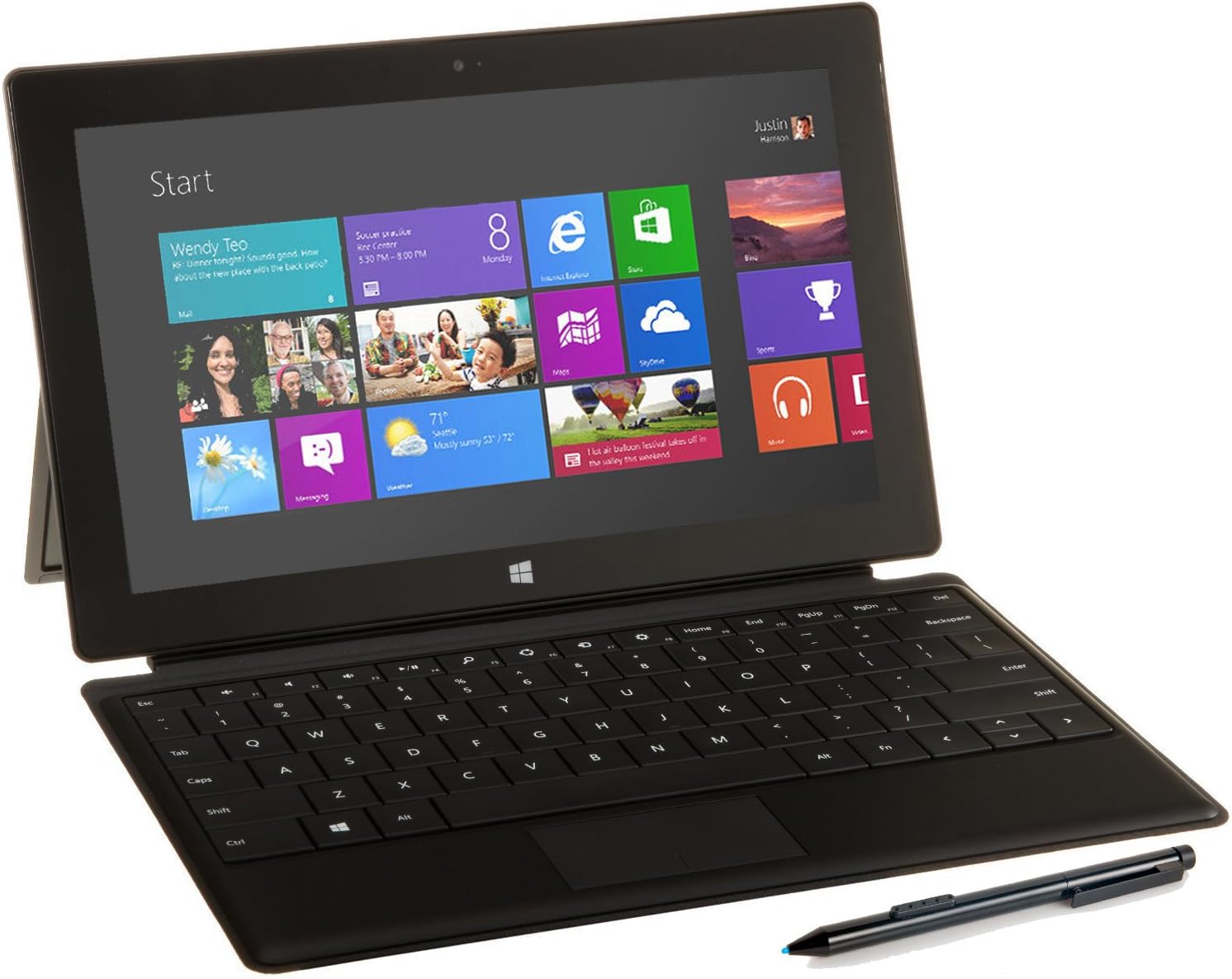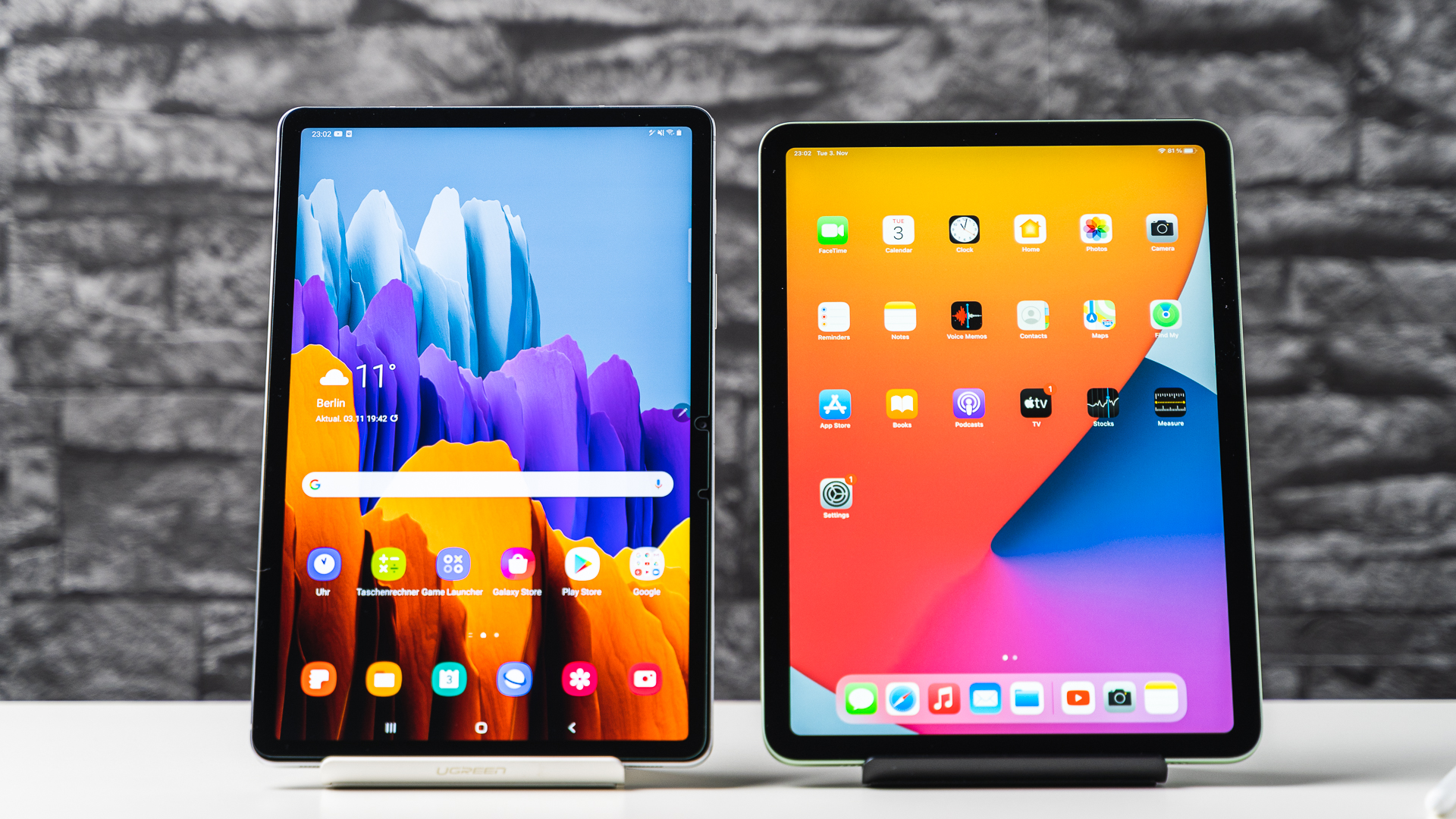
On the 22nd of September Microsoft unveiled the Surface Pro 8 relatively out of the blue. More intriguing is the tech behemoth appears to have made significant updates that its fanbase have been pursuing for years. The bigger question – Is that fanbase still there?
For a company which provides the fundamental software for most of the world’s computing power, Microsoft has historically enjoyed a complicated relationship with its own hardware. When the Surface Pro 1 launched, Microsoft pivoted its OS at the time from the beloved Windows 7 to a more “tablet friendly” Windows 8. This would go on to become one of the least favoured and indeed, short lived Windows versions in the companies history.
The reason for that is partly down to the clunky, buggy nature, but mostly because Microsoft bet pretty heavy on tablet PC’s being the next big thing, and designed it with that in mind. I mean, smartphones were hitting new heights, and plans for a Windows ecosystem with the burgeoning Windows Phones were already in the making. Windows were being pro-active and looking to the future – it was a sure fire thing, right?
As it were, tablet PC’s had their time in the sun, but there was limited traction in those early days. The technology did not exist to make something so small and powerful that it could properly run Windows. Most tablets resorted to variations, Windows S, X, R or whatever the letter of the week was, which was ok for singular mundane tasks but the device struggled with anything you might want to do on, you know, a computer.
Apple was producing the iPad around this time, and in usual Apple fashion they started at the simplest point; what the consumer wanted. They produced a basic tablet with basic functionality, in a tight ecosystem which despite a lower computing power was still able to perform to the customers expectations. At this time the idea of using the device as a computer, Apple’s 2019 marketing campaign for the iPad Pro, wasn’t even a concept. If you remember Android tablet’s from around that time, Google probably wishes you didn’t.
A Status Symbol

Despite Windows Phones falling away and Windows 8 considered a failed push of a touch focused OS, the Surface Pro range has managed to stick around for over 8 years. I would say it is surprising, but of all the Windows products down the years the Surface Pro has retained a cult like following. I remember perhaps 5 years ago sitting in a meeting, where impromptu one of my opposite number pull out a Surface Pro and hooked it up to our meeting room screen to show us a presentation. Perhaps it was I being an impressionable young tech nerd in the making, but it did feel somewhat impressive for the man to have such a device. A premium build, at the time powerful, portable machine whipped out of a satchel like it was nothing. I would imagine the Apple A14 likely contains thrice the computing power of that device, if not more. But at the time it was the cutting edge of technology – and it looked cool.
If anything, it would seem that Microsoft did learn from their bet on the touch market in the Surface Pro Range. In recent years the Surface Go and Surface Laptop spin offs have maintained the same status as the Pro. As oppose to chasing smallest, fastest, most powerful, the Surface line up remain a premium product that focus on user experience and of course, a certain status. When someone gets their Surface Pro out in a meeting or get some work done on the train, you look down at your Dell Latitude 2489qXe and it feels more than a little inadequate.
Ch-Ch-Ch-Changes
For the first time, the Surface Pro may do more to justify its existence than merely being a flashy sheet of metal and glass. The Surface Pro 8 is a step up from its copy and paste predecessor in almost every way. Smaller bezels for a more modern look, a significant upgrade on the massive black bars that had survived natural selection for years. A 120hz higher refresh rate screen yanks it into 2021, where all but ultrabooks in the portables space seem to have this as standard. Even Thunderbolt 4, much maligned by Microsoft for potential security issues finally makes an appearance. If truth be told Thunderbolt 4 isn’t even that useful for 90% of people, 90% of the Time, yet tech reviewers do love to rave about it. In any case, it didn’t have it before, and other products did – the same old story for the Surface Pro, and finally they’ve decided to tell a new one.
It goes without saying the insides have been updated, with base storage, RAM and 11th Gen Intel options the usual combination that you would expect in a Windows running device. That is to say it starts pretty crap and quite expensive, making its way up to pretty good and astronomical. Whilst’s we’ve come a long way, the size still presents the odd limitation. Until Windows unlock the full potential of the more efficient ARM processors inside the Surface Pro X from last year, it may be a little more time before there is a windows tablet PC on the market that contends with Apple and their increasingly formidable M1 silicon in terms of power and battery life.
The Way of the Dinosaurs?
By the time Microsoft get to that point, will anyone be left wanting to buy them?
Portable computers are in an interesting state right now, having settled into somewhat of a routine. Whilst we see yearly disruption in the smartphone market, with new players continually trying to undercut pricing, features and performance of competitors, portable computer makers just don’t seem interested.
/cdn.vox-cdn.com/uploads/chorus_image/image/69117987/XPS_13_black_open_up_right.0.jpg)
For laptops; Dell, HP, Lenovo and Windows all fit this bill rather neatly, with their own premium devices undergoing limited revisions over the past 4 years. XPS, Spectre, Yoga (or Thinkpad) and Surface Laptop have only undergone a few significant revisions between them. Yes the yearly internal upgrade is made, but very little to the device itself. The only marked difference is the prices seem to be dropping ever so slightly. The reason appears pretty simple – we are getting to a point within the bounds of this technology and form factor where the gains are too marginal to motivate people to spend a fortune on a new device. They can’t get much smaller for ease of use, they can’t get much more powerful for thermals and battery life reasons, and in truth they don’t need to be.
In short – laptops are pretty great right now, and people like using them.
This is not as you can imagine, great news for the tablet PC market. Whilst there is value in the cool, sophisticated and professional look of pulling out your Surface Pro, the reality is a Surface Laptop is around the same price, has a bigger screen, better cooling and better typing experience. All this for perhaps another 400g after the cover has been included, albeit yes you lose the pen functionality.
And let’s be honest, you can use it on your lap. The unspoken truth of tablet PC’s is they have to be used on a steady, flat surface otherwise they are borderline useless, wobbling around as you desperately try and type an email. There is a reason that the laptop form factor has held pretty steady over the fact few years. Apple, ever the modern day example of usability and sane design are the ones to look at here. Whilst improvements have been made to the MacBook Air over the past 13 years, the basic form factor is almost exactly the same.
The Elephant in the Room
Hang on, earlier you said that Apple marketed the iPad Pro as a “computer” – surely they are just as guilty delving into this less fashionable form of PC Tablet? There is one difference though, almost a technicality. it is however all important.

The Apple line up of tablets have not been performing well, at least, less well. The tablet market on the whole is suffering on account of phone screens growing larger and “kids these days” being able to absorb masses of information on such a tiny screen. Both Apple, and Samsung (who lead the android charge) have had to develop their tablets into something more so. After spending nearly a decade developing tablet devices for media consumption, they have decided to add PC Tablet features to their devices.
Note that when I say add “PC Tablet Features” I am being quite specific. Apple’s introduction of the magic keyboard (or cheaper Logitech equivalent) and substantial changes to iPad OS to make keyboard and mouse control useable. Despite their marketing, it is not an attempt to turn a tablet into a computer. Yet. Apple are trying to sell you Macbooks after all. They are an attempt to give a tablet user flexibility. The same can be said of DeX on Samsung. The hope is that consumers who are frequently on the go, that may not have the need for a more powerful laptop will consider the hybrid option, getting the best of both worlds. Media consumption and productivity.
The big issue? Since the scrapping of Windows 8, the Microsoft Surface Pro has never been a particularly effective tablet. Some of the devices, particularly in the corporate world are used for stock programs in tablet mode, such as checkouts, stock checkers or taking orders in restaurants, but even then the large Pro 8 is a bit big for that, and indeed for most tablet-like tasks. It is far more commonplace to see an iPad. Windows 10, even in tablet mode is not as enjoyable experience either, and there is no clear indication Windows 11 will be better. It’s hard enough getting many tablet compatible Apps these days, good luck finding them on the Windows store.
What this leaves you with then is a conundrum. The Surface Pro is finally entering the third act – a polished, sexy, powerful machine that maybe for the first time looks at the cutting edge of it’s space. The problem? If the place still exists. Whilst the Pro comes with benefits, the most notable over the laptop line up being the pen, this is too niche for mainstream appeal, and lacks a broad range of app support in Microsoft. It works ok as a laptop, except you can’t use it on your lap.
The Surface Pro 8 is the best that it can be, but even after 8 years it still isn’t quite one thing or the other. If you are a fan of the Pro line up, you will undoubtedly want your hands on this alpha edition. If however you are considering whether this can be your next day to day device, the simple fact is you may be better off with an alternative.
Leave a comment